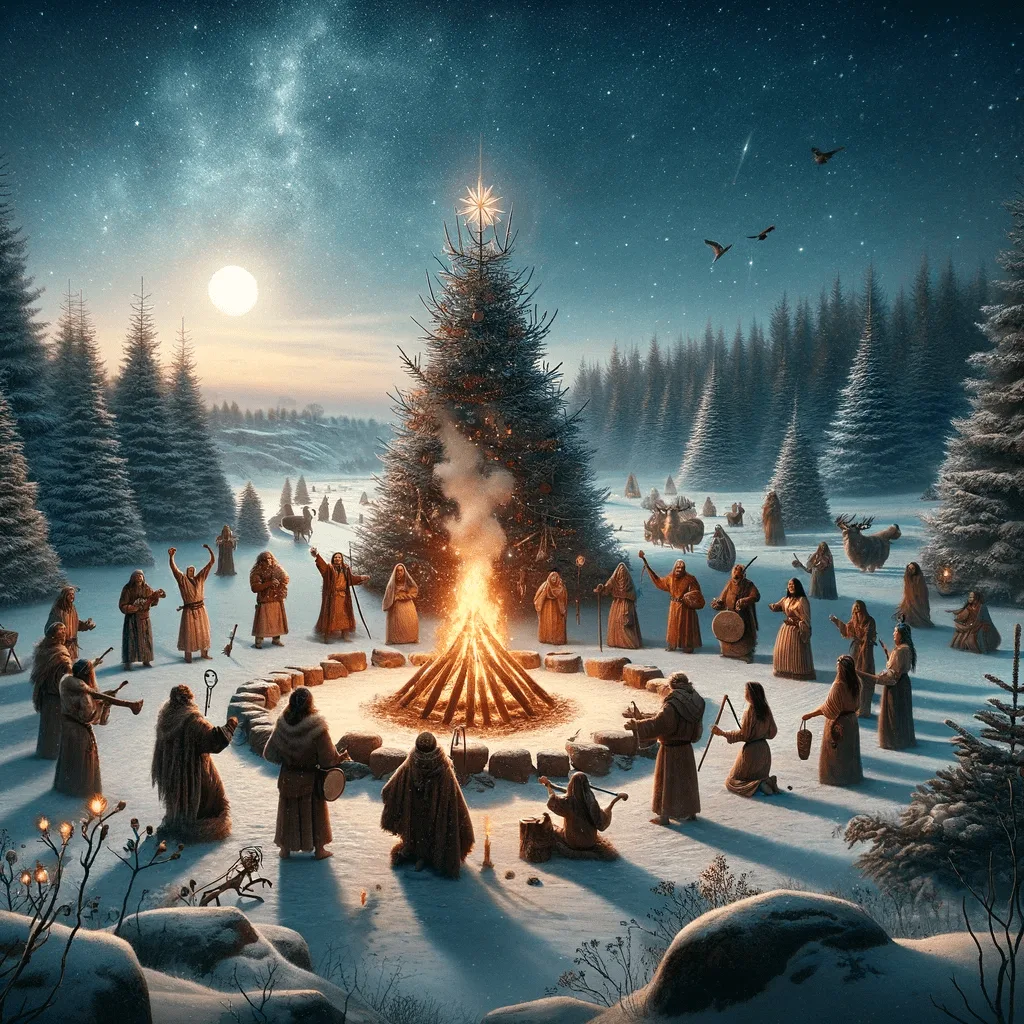The Yule holiday, historically celebrated by the Vikings, is a winter solstice festival originally focused on the renewal of life and the coming of longer days. According to history.com, ‘Yule embraced Norse traditions including feasting, fires, and the observance of the return of the sun after the winter solstice.’ Significant practices during this time included the Yule log burning, ceremonial feasting with boars, and honoring the god Odin, also referred to as Yule’s divine figure. Danish archaeologist Dr. Helle Vandkilde states, ‘For the Vikings, Yule was a time of reflection, celebrating the rebirth of the sun, and community.’As we approach Yule in 2024, modern practitioners from the Pagan community are gearing up for festive celebrations, as noted in the Wild Hunt’s Pagan Community Notes. This year, they plan various activities that engage traditions from ancient customs, such as tree decorations and communal feasts, aimed at fostering community spirit and connection to nature. In December 2024, local groups are also calling for conservation efforts, emphasizing the need to protect sacred sites that celebrate these winter traditions. Pagan community leader, Elowen Thorne, shared, ‘Our celebrations are not just about the past; they’re about healing and safeguarding the planet for future generations.’ The interest in Yule’s revival has escalated over the years, attracting both the devoted and those intrigued by its historical roots, making it a vibrant part of contemporary winter celebrations.
Exploring the Viking Yule Holiday and Its Modern Celebrations












